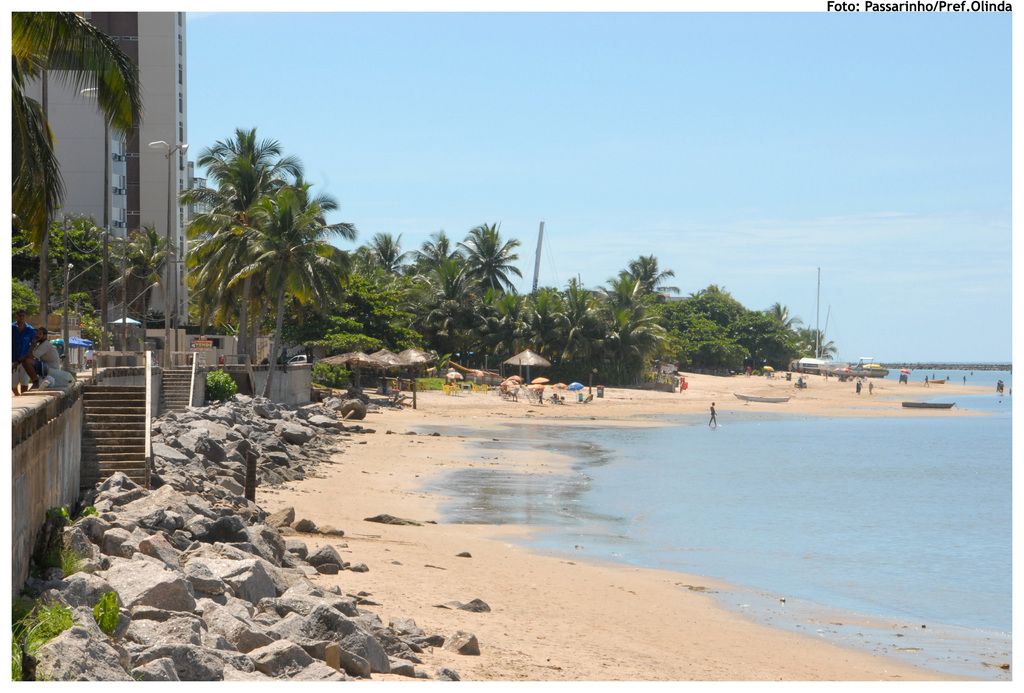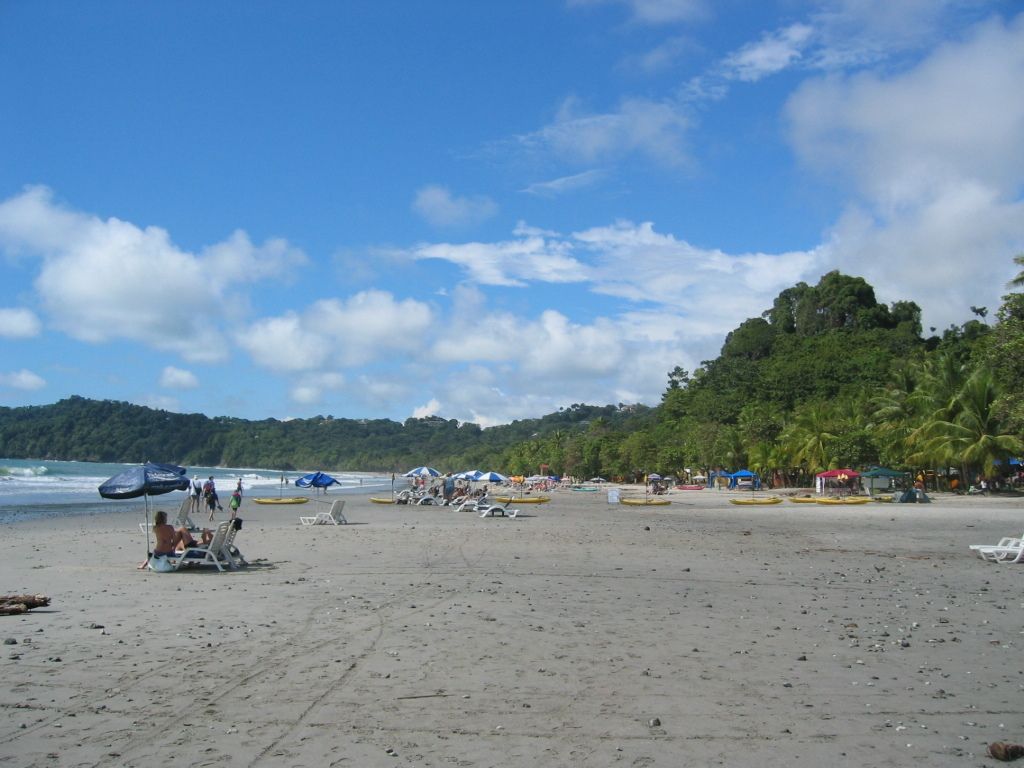Discourse on the economic perspective and fiscal growth within the ASEAN+3 region
A Fresh Take on ASEAN+3 Economic Outlook and Fiscal Policy Seminar
The City: Hà Nội
The Venue: Foreign Trade University (FTU)
The Event: A bustling gathering of minds on 'ASEAN+3 Regional Economic Outlook and Fiscal Policy 2025', co-hosted by FTU and the ASEAN+3 Macroeconomic Research Office (AMRO), rocked Hà Nội on April 28. The event marked the birth of the ASEAN+3 Regional Economic Outlook 2025 Report within the ASEAN region.
Who Turned Up?
The conference was a melting pot of representatives from the ASEAN+3 Financial Think-tank Network (AFTN), policymakers, academics, businesses, faculty members, and students. It was a unique blend of perspectives and insights that sought to chart the economic future of the ASEAN+3 region.
The Main Attraction: ASEAN+3 Regional Economic Outlook and Fiscal Policy Reports
At the heart of the discussion were the ASEAN+3 Regional Economic Outlook (AREO) 2025 and the ASEAN+3 Fiscal Policy Report (AFPR) 2025, presented by AMRO speakers. These reports offered a comprehensive assessment of the economic situation and fiscal trends within the ASEAN+3 region, made up of the ten ASEAN member states, plus China, Japan, and South Korea.
Key Findings:
- The ASEAN+3 region, despite a tumultuous global environment, continued to boast stable growth of 4.3% in 2024, projected to persist, albeit with obstacles presented by trade tensions.[1][5] Despite this, the region is expected to grow at 4.2% in 2025, cushioned by a robust domestic demand and diversified trade.[5]
- The fiscal positions of ASEAN+3 economies have weakened, necessitating vigilant attempts at fiscal consolidation to shore up buffers over the medium term.[4] Policy flexibility is essential to handle emerging shocks, while comprehensive policy packages strive for sustainable growth.[4]
- The region's resilience is on the rise, fueled by solid fundamentals, strong domestic demand, and a more diversified trade structure. The decline in dependency on single export markets, such as the US, reflects increased intraregional trade and thriving domestic markets.[5]
Dr Đào Ngọc Tiến's Speech:
Associate Professor Dr Đào Ngọc Tiến took the stage and emphasized the need for appropriate solutions to protect the ASEAN+3 region's hard-fought momentum. He urged countries within the bloc to strengthen cooperation and unite in the face of emerging challenges.[3]
Việt Nam's Prospects:
Associate Professor Dr Vũ Hoàng Nam shed light on the key drivers of Việt Nam's sustainable medium and long-term growth. With global megatrends such as population ageing, climate change, and geoeconomic fragmentation upon us, Việt Nam must pivot toward a productivity-led growth model.[6] Rapid productivity gains, fueled by science, technology, and innovation, digital economy development, and strategic breakthroughs in infrastructure will be vital for sustained growth.[6]
Pillars of Sustainable Growth:
- Macroeconomic stability
- Strategic breakthroughs in infrastructure (especially digital infrastructure)
- Innovation-driven human capital
- Institutional reforms
- Leveraging new resources like data, with an emphasis on domestic strengths
- Boosting productivity through technology and innovation adoption
- Shifting toward a digital economy
- Enhancing intra-sector productivity
- Moving into higher-productivity sectors
- Intensifying regional cooperation to mitigate the negative impacts of geoeconomic fragmentation on technology transfer
The event wrapped up with a collective agreement on the importance of regional integration, trade diversification, and cooperation to foster the resilience and sustainable growth of the ASEAN+3 region. The seminar was a testament to the unyielding spirit of collaboration and the pursuit of a prosperous future within the region.
Delegates attend the seminar on "ASEAN+3 Regional Economic Outlook and Fiscal Policy 2025" in Hà Nội on April 28. - Photo courtesy of the FTU
[1] The Diplomat: "ASEAN+3 Macroeconomic Research Office: The Slow Grind towards Economic Integration"[2] The ASEAN Post: "ASEAN+3 Macroeconomic Research Office: Bolstering Regional Economic Cooperation"[3] Vietnam News: "Seminar discusses ASEAN+3 economic outlook and fiscal policy"[4] International Monetary Fund: "ASEAN+3 Regional Economic Outlook: Securing the recovery, pursuing sustainable growth"[5] The Korea Times: "AMEC: ASEAN+3 at crossroads in face of challenges"[6] Viet Nam News: "Vietnam aims for sustainable growth"
- Amidst the diverse attendees at the seminar, representatives from the ASEAN+3 Financial Think-tank Network (AFTN), policymakers, academics, businesses, faculty members, and students participated.
- The ASEAN+3 Regional Economic Outlook (AREO) 2025 and the ASEAN+3 Fiscal Policy Report (AFPR) 2025 were presented during the event.
- Despite a global environment marked by turmoil, the ASEAN+3 region experienced a stable growth of 4.3% in 2024, with the projection of its persistence in 2025, although trade tensions present obstacles.
- In order to handle emerging shocks and maintain sustainable growth, it is essential for the ASEAN+3 economies to prioritize fiscal consolidation and develop policy flexibility.
- The resilience of the ASEAN+3 region is on the rise due to solid fundamentals, strong domestic demand, and a more diversified trade structure, decreasing dependency on single export markets.
- During his speech, Associate Professor Dr Đào Ngọc Tiến urged countries within the bloc to strengthen cooperation and unite in the face of emerging challenges.
- Associate Professor Dr Vũ Hoàng Nam highlighted the key drivers of Việt Nam's sustainable medium and long-term growth, emphasizing the need for a productivity-led growth model, digital economy development, and rapid productivity gains through science, technology, and innovation.
- To ensure sustained growth, the pillars of sustainable growth for Việt Nam include macroeconomic stability, strategic breakthroughs in infrastructure (especially digital infrastructure), innovation-driven human capital, institutional reforms, and leveraging new resources like data with an emphasis on domestic strengths.
- Delegates at the seminar underlined the importance of regional integration, trade diversification, and cooperation to foster the resilience and sustainable growth of the ASEAN+3 region.
- The seminar concluded with a testament to the spirit of collaboration within the ASEAN+3 region, striving towards a prosperous future.





